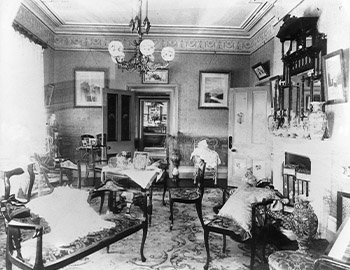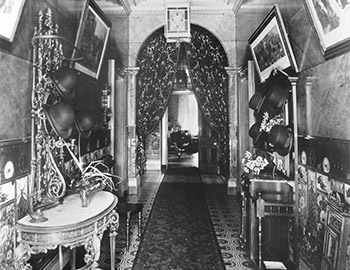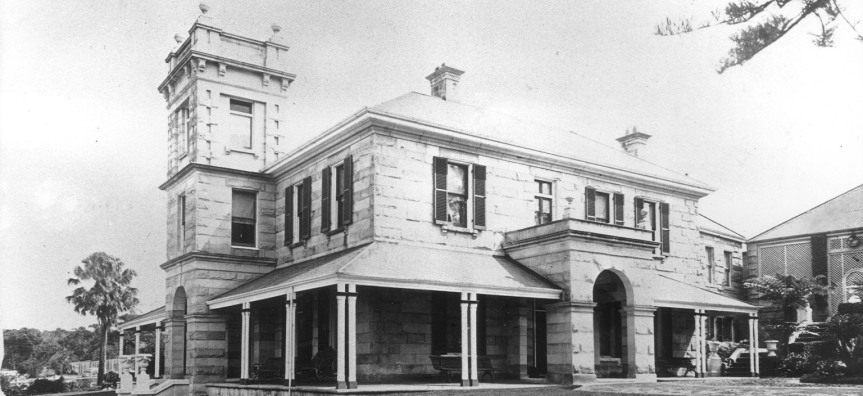The suburb of Fairlight was named after one of the grandest homes constructed on the Northern Beaches, Fairlight House.
It was home to Henry Gilbert Smith, the first person to see the potential of Manly as a seaside resort. He created Manly’s first ferry service and laid out central Manly much as it is today. The name ‘Fairlight’ was the name of the village in Sussex, England where his first wife, Eleanor Whistler, had once lived.
Who built Fairlight House?
The eminent Colonial architect Edmund Thomas Blacket and local builder Alexander Dean, were commissioned by Smith to design and build Fairlight House on his 14-hectare estate. Edmund Thomas Blacket had already designed the original Steyne Hotel for Smith and would later design the St Matthews Church in the Corso.

Completed in May of 1860, this grand home overlooking Fairlight Beach was erected using local sandstone. It was of classic rectangular Georgian design - two storeys high, five windows and ten shutters wide, with eight bedrooms and opulent drawing and dining rooms. You could also find a bowling green, tennis court and 'handsome pines' as once described by the Sydney Morning Herald.
Sadly, Smith and his family would occupy Fairlight House for only six years. His much-loved wife Anne Margaret, died of tuberculosis in 1866, leaving Smith to bring up three young sons. Heartbroken, he returned to England leaving Manly behind forever.
What happened to the house?
Smith was unable to sell and was forced to let the property to several tenants:
'TO BE LET – FAIRLIGHT, Manly, late the residence of H G Smith Esq, and now occupied by G M Pitt, Esq. The house contains 14 apartments, besides servants’ rooms, bath room, coach house, stables, garden, & together with 33 acres of securely fenced paddock, with never failing supply of water. The house has recently undergone a thorough repair and is replete with every convenience.'
Eventually, John Woods purchased the estate in 1880 for 3,000 pounds and over the years, subdivided the property until the house stood on less than one hectare of land.
In 1903, the house was passed to a local iron founder James Bonner, who then advertised the house for sale on 14 February 1906.

The Sydney Morning Herald placed a detailed advertisement, describing the house as ‘delightfully situated, massively constructed, highly finished and a commodious residence’. They went on to explain that it was 'a family house in a choice spot at Manly... only a few minutes walk from the ferry wharf.'
It was finally purchased by the grazier MacIntyre family in 1910. They occupied Fairlight House for 29 years until Elizabeth MacIntyre, by now a widow, passed away in 1938. It was then sold to William Andrew, a builder from Manly for further subdivision in 1939. Within two months of this final purchase, Fairlight House was demolished, replaced by blocks of flats and the continuation of Fairlight Crescent which now crosses over the original site.
In a time before the Historic Houses Act and tighter regulations on flat building, the scramble for housing and profit resulted in the destruction of two of the most iconic houses in Manly, one being Fairlight House. Look out for our other news story that explores the other that was lost.
If you would like further information, you can visit History Hub or contact our Local Studies Team.

